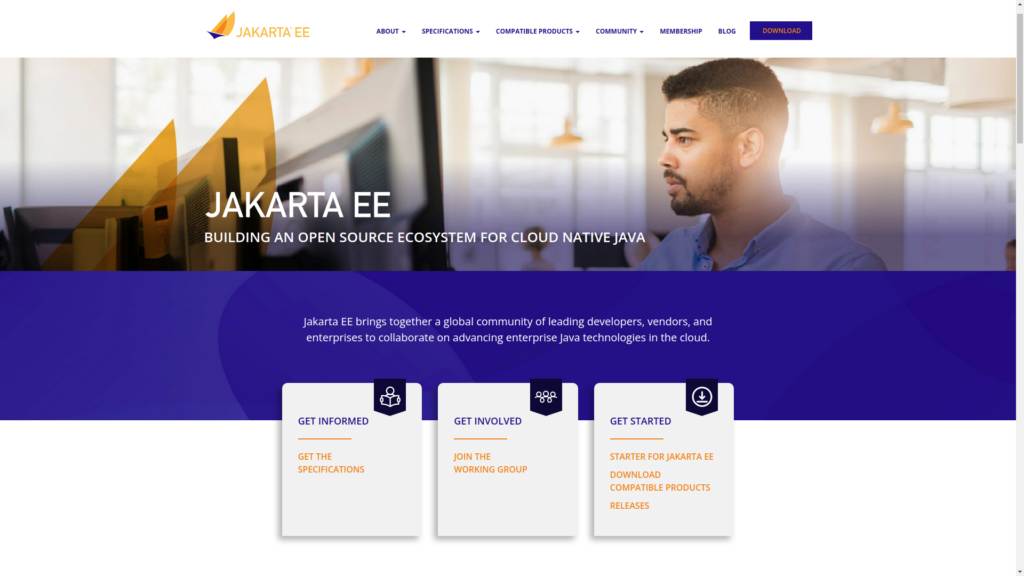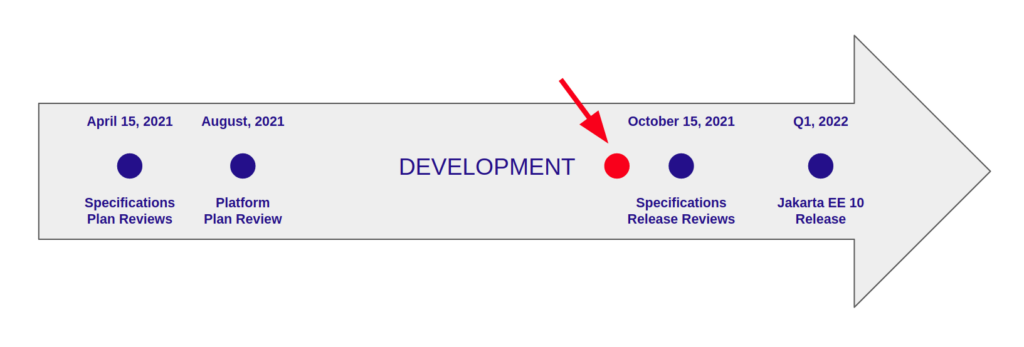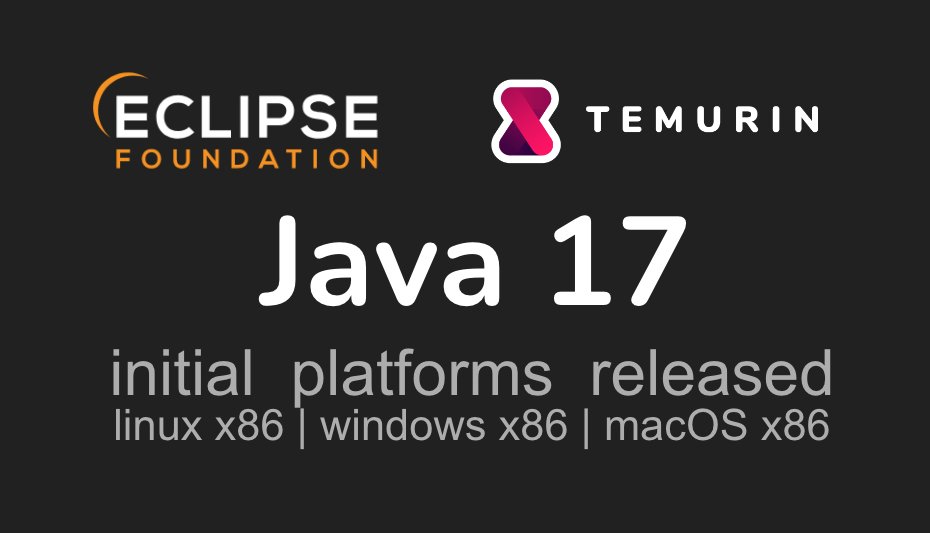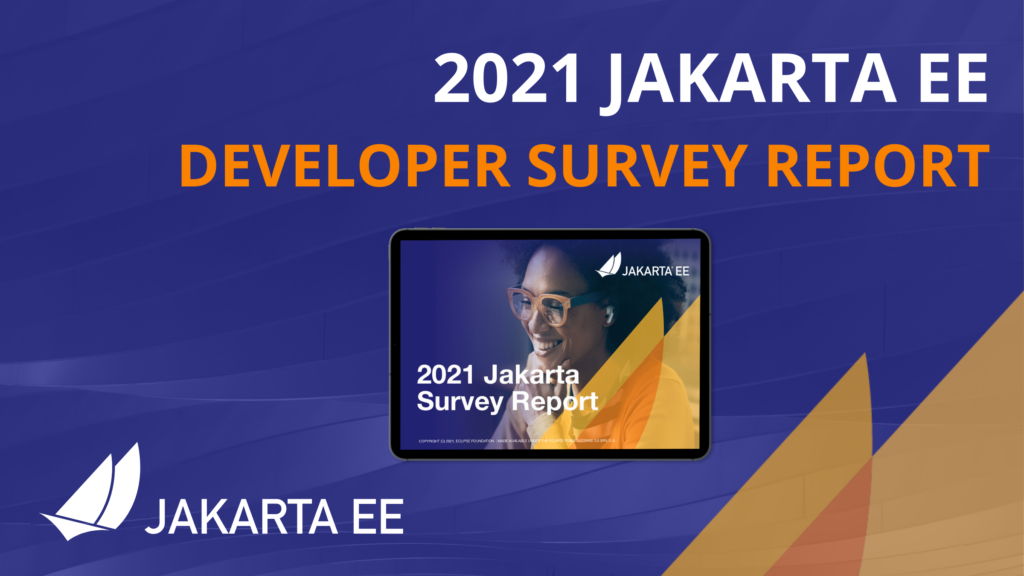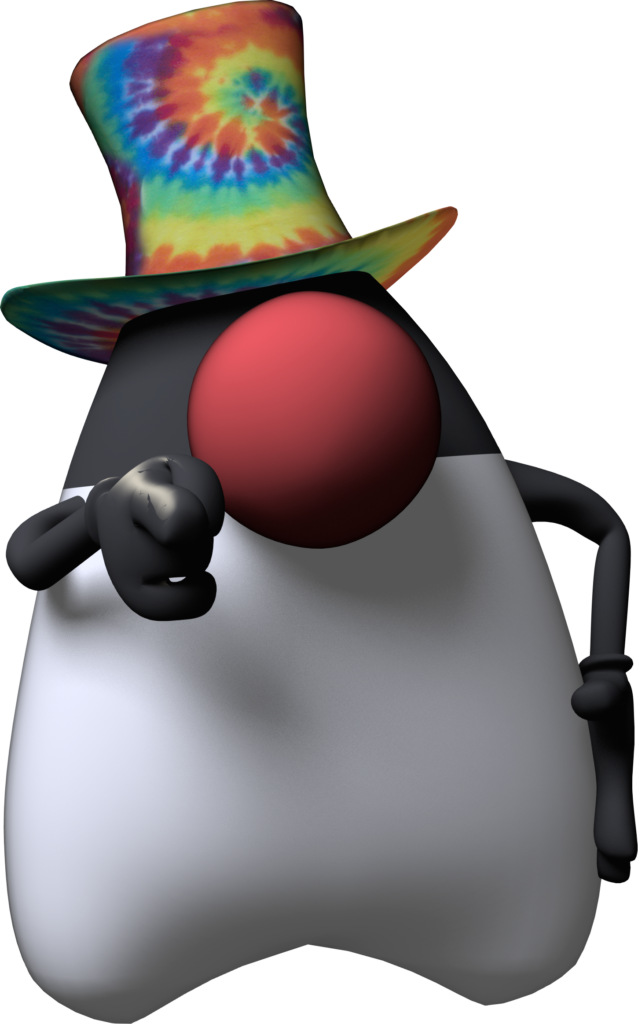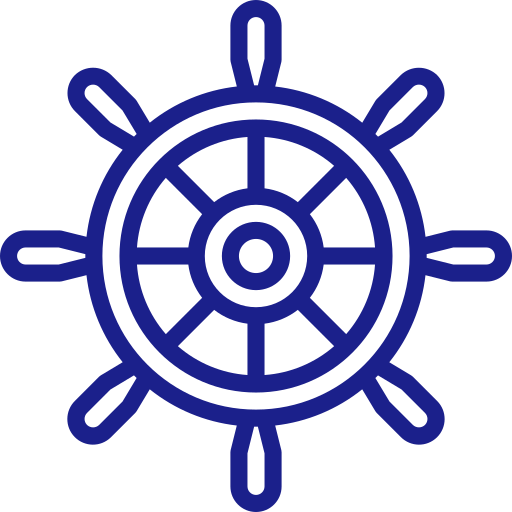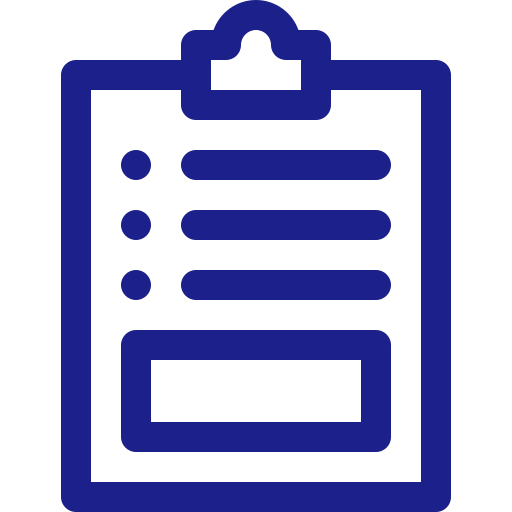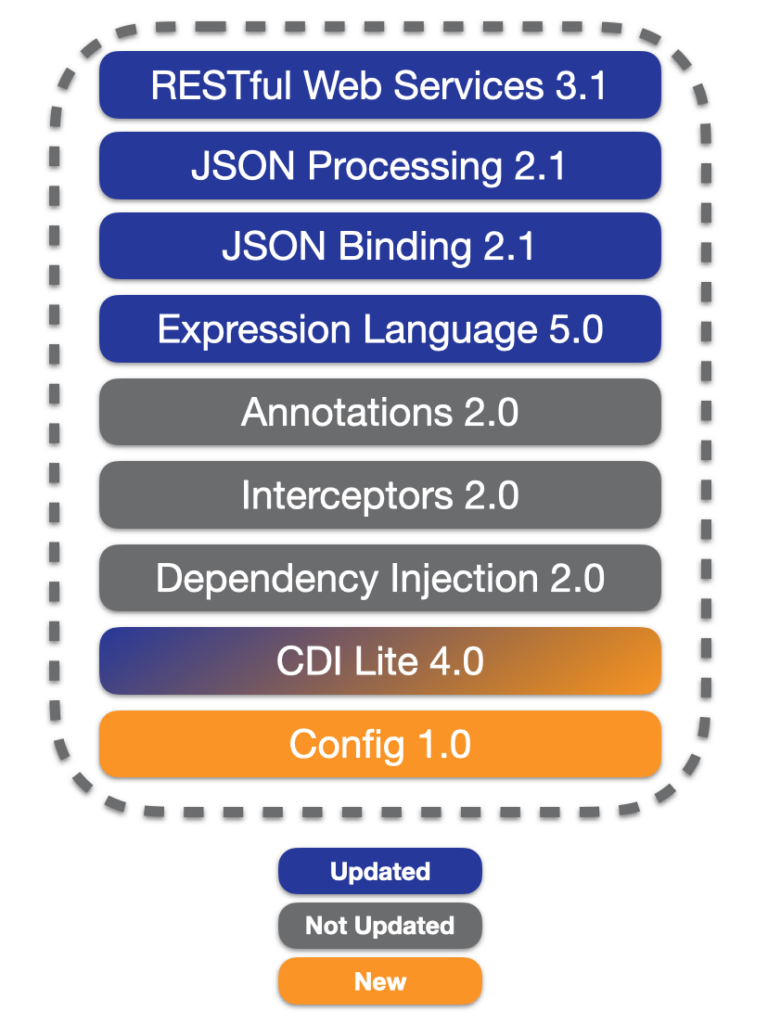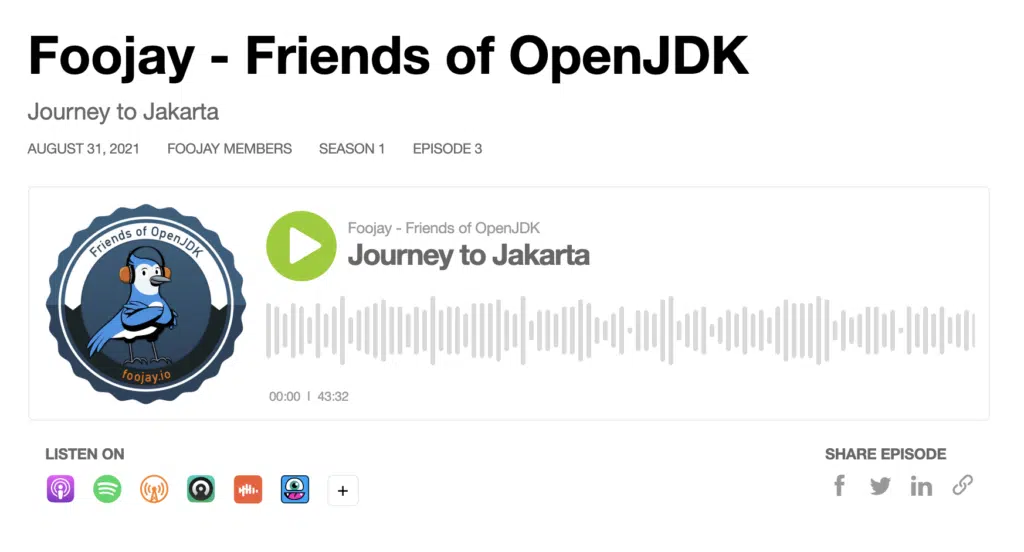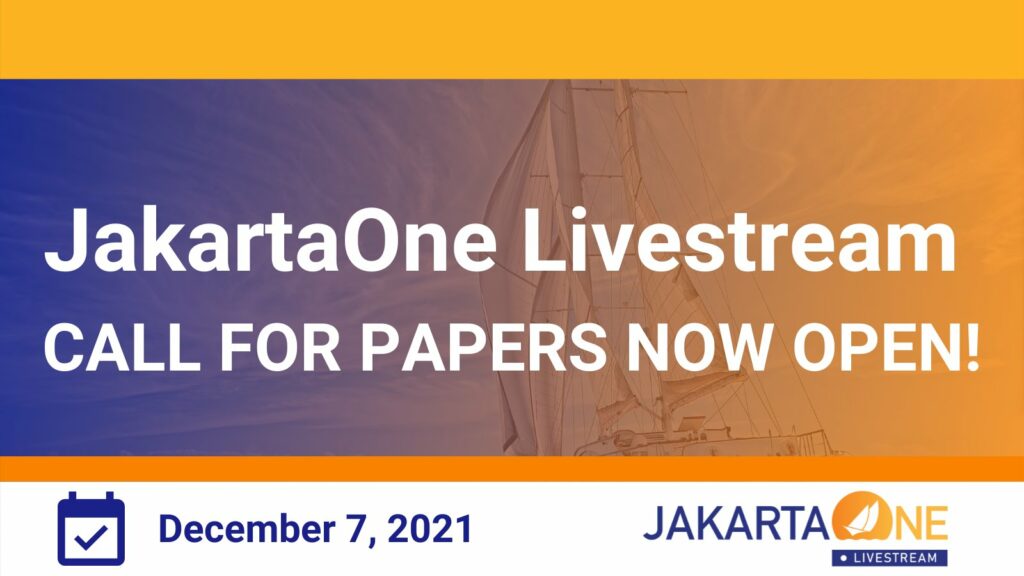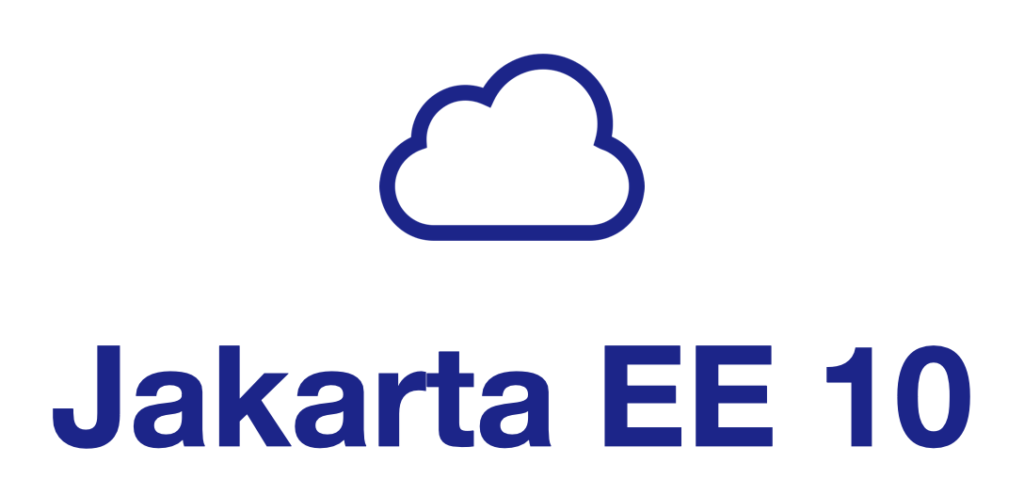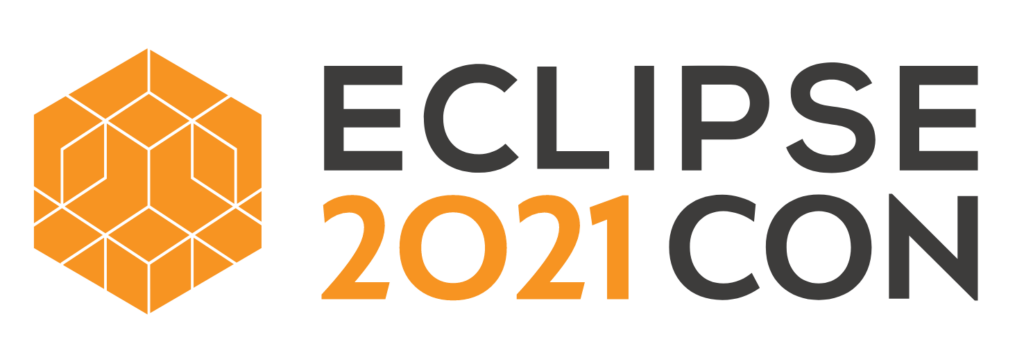The elections to fill the elected seats in the Jakarta EE Committees are starting! The important dates are as follows:
Nomination period: September 8, 2021 – September 16, 2021
Election Period: September 21, 2021 – September 28, 2021
Results announced: September 30, 2021
You can read more about the committees below to figure out whether you would want to candidate for any of them. If you do, send your nomination to the Jakarta EE Working Group mailing list indicating which committee you are interested in participating in, and which member group you want to represent. NOTE that you need to be a Participant Member to represent the Participant Members, and a Committer Member to represent the Committer Members.
For Participant Members, this is pretty straightforward since you probably know what level of membership your organization has joined the Jakarta EE Working Group.
For Committers, it is a little more confusing. Even if you are a committer on a Jakarta EE project, you are not necessarily a Committer Member of the Jakarta EE Working Group. There is absolutely no cost associated with it, just a little more paperwork to be sorted out. If you are unsure of your membership status, please contact the Eclipse Foundation to get help figuring it out.
Jakarta EE Steering Committee
This committee owns the overall strategy and the high-level, long-term roadmap spanning multiple releases, produces the Jakarta EE release key messaging, and gets periodic updates from other committees and the Jakarta EE Platform Project on the status of the release and any related activities.
Committer Member Representative – one seat
Participant Member Representative – one seat
Read more about the Jakarta EE Steering Committee.
Jakarta EE Specification Committee
The Specification Committee is responsible for implementing the Jakarta EE Specification Process (JESP) for all Specification Projects under the purview of the Jakarta EE Working Group. This committee ensures that JESP is followed as intended, votes to approve creation reviews, progress reviews and release reviews submitted by Specification projects.
Committer Member Representative – one seat
Participant Member Representative – one seat
Read more about the Jakarta EE Specification Committee.
Jakarta EE Marketing Committee
The focus of this committee is on marketing, branding and community awareness and produces and executes the marketing plan for the release based on the Jakarta EE Key messaging provided by the Steering Committee.
Committer Member Representative – one seat
Participant Member Representative – one seat
Read more about the Jakarta EE Marketing Committee.

